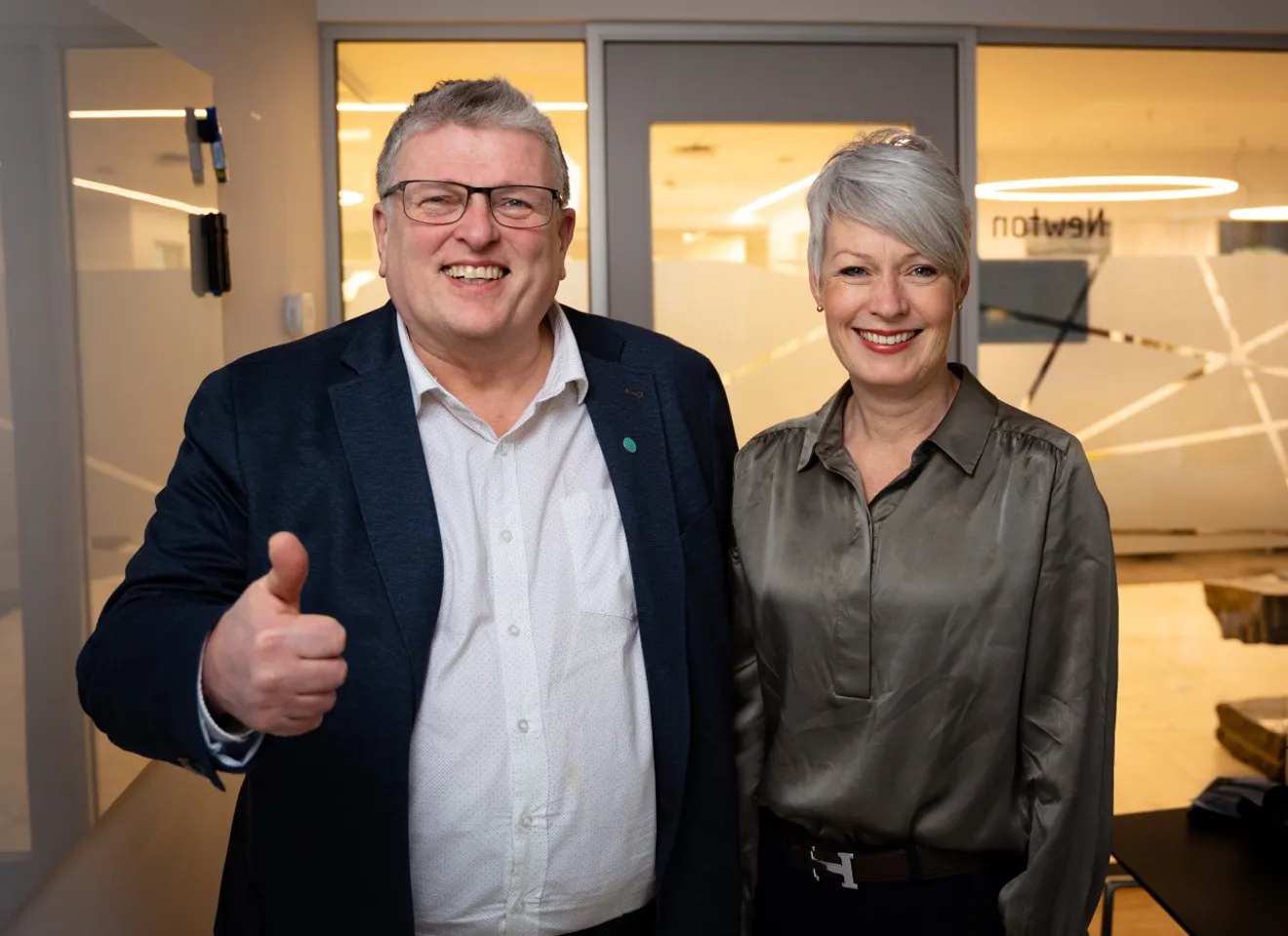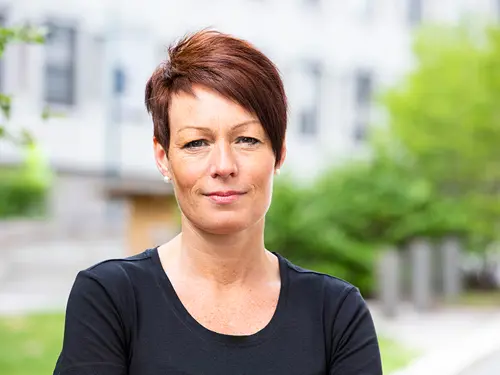
News
Record growth – Tekna membership passes 100,000
Tekna is experiencing record high membership growth and has now passed 100,000 members. In the past year alone, it’s gained 10,000 new members.
Tekna is the country’s largest professional association for highly educated STEM graduates, and on 27 February it passed 100,000 members.
– This is a great day for Tekna. In August of 2021, we passed 90,000 members, and already we’ve recorded Member Number 100,000. This is record growth and shows that an increasing number of people see the value of being in a trade union, declares Tekna President Lars Olav Grøvik.
Tekna is one of the trade unions in Norway showing the strongest growth, and since 2000 the association has grown by a record 65,000 members. Tekna is also the largest trade union in primary organization Federation of Norwegian Professional Associations (Akademikerne), representing nearly 40 percent of its total membership.
– Trade union membership means you’ll have the support you need to be able to influence your own job situation. We also need to have a high degree of membership in order to preserve the way we organize working life in Norway. Having 100,000 members gives Tekna even greater negotiating power and the capability to make change happen, says Grøvik.
Students and active working members
Currently, seventy-eight percent of Tekna’s members are actively employed. This is a high percentage compared with many other trade unions, making Tekna the country’s science and technology organization with the highest number of actively working members. In addition, student membership has recently passed 15,000 members, something that makes Tekna one of the organizations with the highest number of student members.
– We strive to be relevant for both members and potential members; we arrange STEM-related and recruiting events at all school levels, including college and university. We then follow members throughout their career and into retirement. At each stage, our members have unique needs that we try hard to meet, says General Secretary Line Henriette Holten.
– Having a high degree of union membership is necessary for maintaining the way we organize working life in Norway.
More female members
In 2004, Tekna changed its name from the Norwegian Civil Engineers Association to Tekna. One of the reasons for doing this was to reach out to more highly educated scientists who didn’t necessarily identify with civil engineering.
– By switching to this new name, more groups like biologists, mathematicians, and meteorologists felt more at home with us, so our name has probably caused our potential membership to increase, says Grøvik.
The growing number of female members can also be a factor that explains Tekna’s current strong growth pattern.
– Tekna’s been experiencing a steady growth in female members for a long time, and in recent years nearly half of Tekna students have been female. This is good for both Tekna and Norwegian organizations, as STEM study programs recruit the best applicants regardless of gender, explains Grøvik.
Must adapt to change
Grøvik believes that trade unions must constantly be aware of and willing to change in order to give their members added value.
– Our goal is to bring everyone with a high level of education in a STEM subject into our organization. This means that we have to be professionally relevant, providing the best legal services, having local branches over the entire country offering meeting places and professional development, providing the best insurance policies and banking services, in addition to supporting members on both salary issues and any other concerns they may have. We also have to be visible and fight for our members when debating social issues, says Grøvik.
Tekna’s president thinks it’s important to always listen to what’s happening out in the workplaces and take notice of members’ concerns.
– The work sector’s always being challenged with questions about the right to be given a permanent position, increased hiring of temporary workers, rights connected with downsizing as well as the right to get overtime pay and/or equal pay. At the same time, perhaps younger workers think differently about issues like work schedules and remote work. In these cases we have to work constantly and closely with our Tekna representatives so that we stay relevant for members; we also have to fight for workers’ rights in a tougher working environment, he says.
The president thinks politicians and society are increasingly looking to what Tekna has to say on different issues, and that this sociopolitical involvement and visibility have also contributed to its strong growth.
– We see that Tekna’s increasingly becoming an important actor that people listen to: our political statements have impact, whether they deal with research and education, technology and its impact on society, IT or other important work-related issues, he says.
Believes in continued growth
Grøvik believes that Tekna’s prospects for more growth look good.
– At this time Norway’s facing great changes. There’s little to indicate that we’ve reached a saturation point for the number of technologists and scientists. The business community’s crying out for this kind of employee competency, and the challenge is to educate enough people in STEM subjects to meet this need, he says.
In 2024 Tekna will be 150 years old, making it one of the oldest professional associations in the country.
– It’ll be great to start an anniversary year with over 100,000 members. Our members are decisive for getting our society ready to meet future challenges associated with climate change, healthcare, energy, IT security and transportation, concludes Grøvik.



